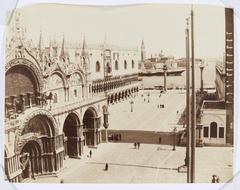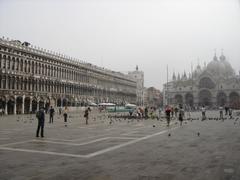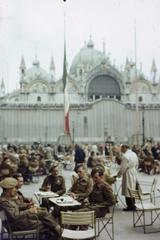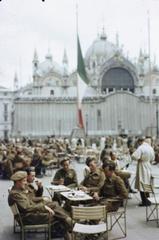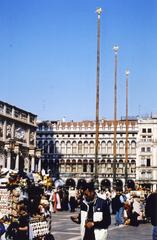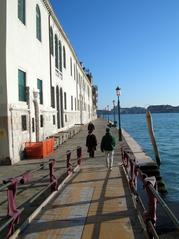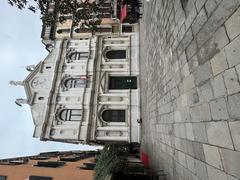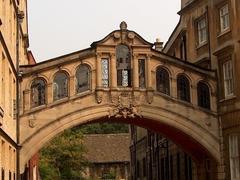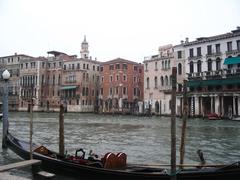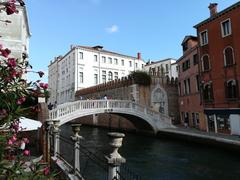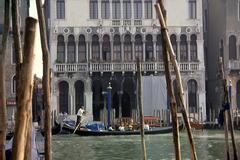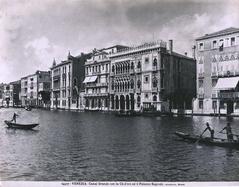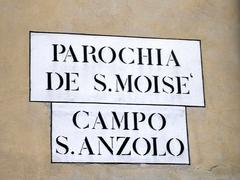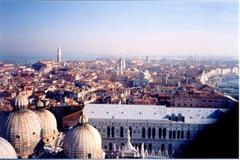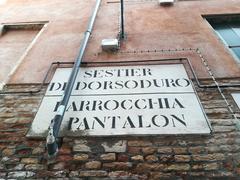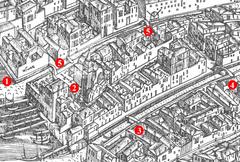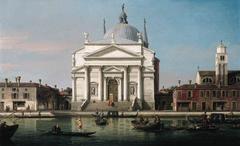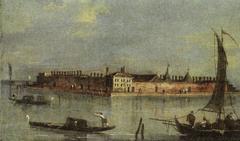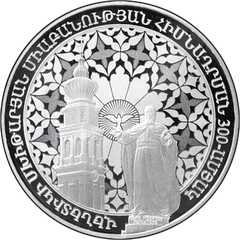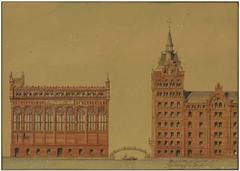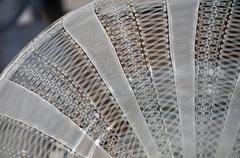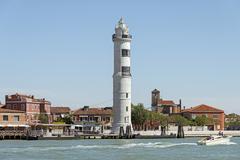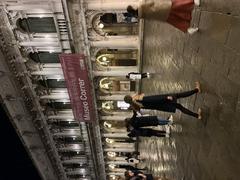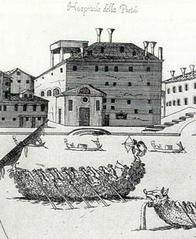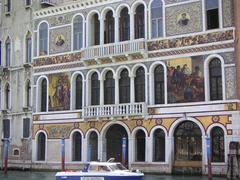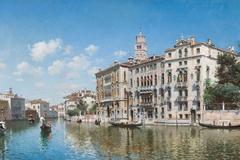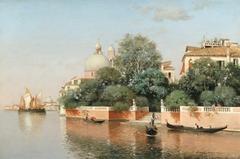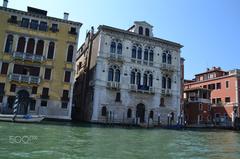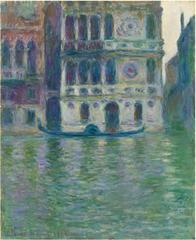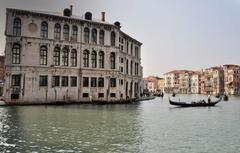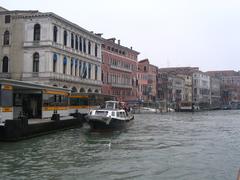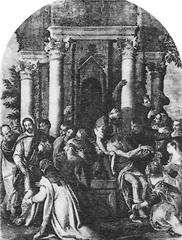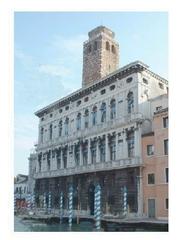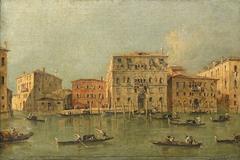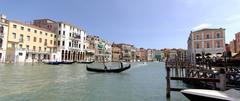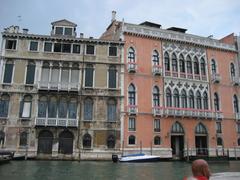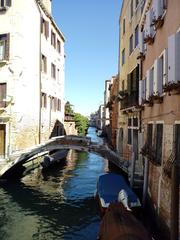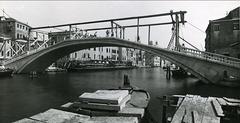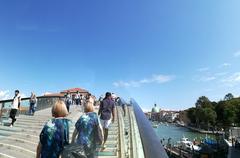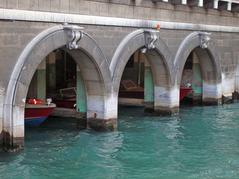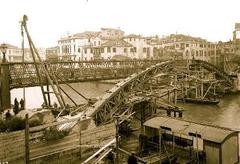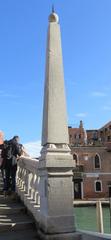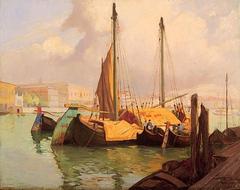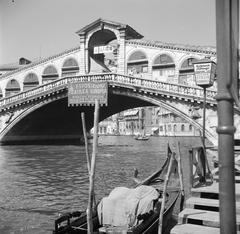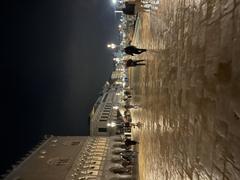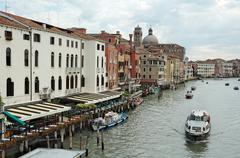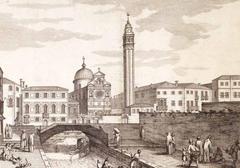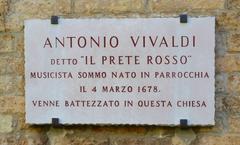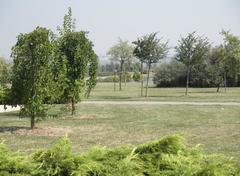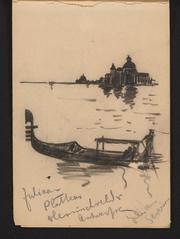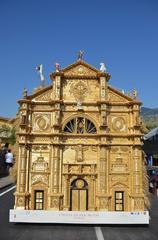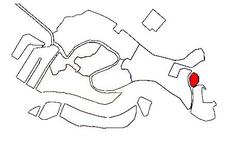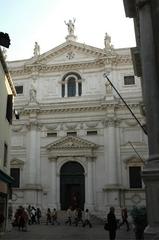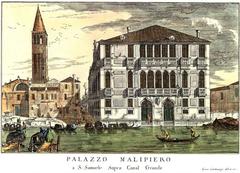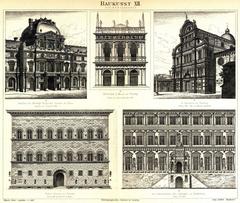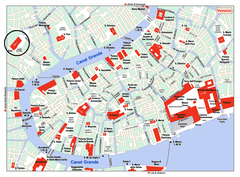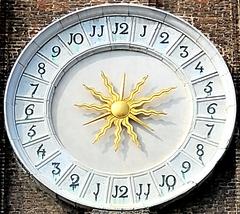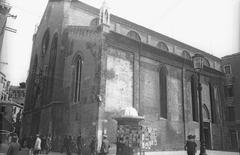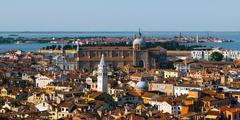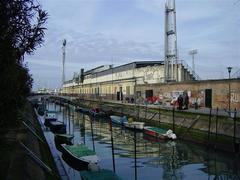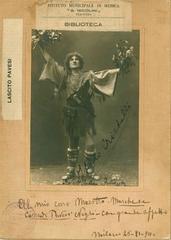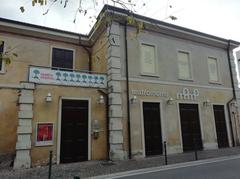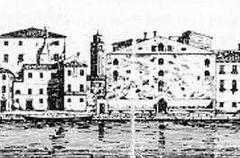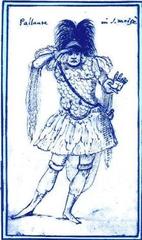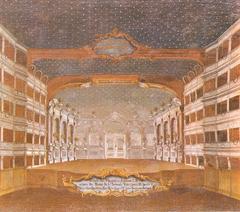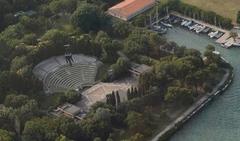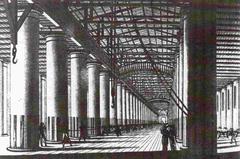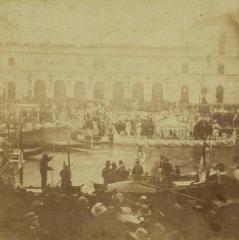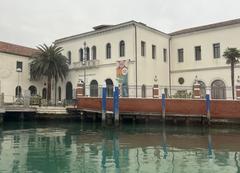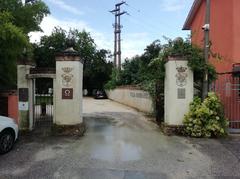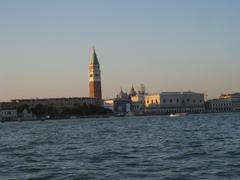
Visiting Piazza San Marco: Tickets, Hours, and Historical Sites in Venice
Publication Date: 16/07/2024
Introduction to Piazza San Marco
Piazza San Marco, also known as St. Mark’s Square, stands as the pulsating heart of Venice, Italy, a city renowned for its intricate network of canals and historic architecture. Over the centuries, this iconic square has evolved from a modest open space adjacent to the original St. Mark’s Basilica into a grand public plaza that encapsulates the cultural, political, and religious essence of Venice. The square’s origins trace back to the 9th century, burgeoning in significance as Venice grew into a maritime and trading powerhouse (Gesso). The architectural evolution of Piazza San Marco, including landmarks such as the Campanile di San Marco and the Procuratie, mirrors the city’s historical trajectory from medieval times through the Renaissance and beyond (MCID, TripSavvy).
Today, Piazza San Marco is a treasure trove of architectural marvels and cultural landmarks. Visitors can immerse themselves in the Byzantine splendor of St. Mark’s Basilica, the Gothic elegance of the Doge’s Palace, and the panoramic views offered by the towering Campanile. The square is also home to historic cafes like Caffè Florian, Europe’s oldest coffeehouse, and unique sites such as the Libreria Acqua Alta bookstore. Whether you’re an avid historian, an architecture enthusiast, or a casual traveler, Piazza San Marco offers a rich tapestry of experiences that capture the spirit of Venice (Introducing Venice).
Contents Overview
- Introduction
- Historical Significance of Piazza San Marco
- Origins and Early Development
- Architectural Evolution
- Key Attractions
- St. Mark’s Basilica
- The Doge’s Palace
- The Campanile
- The Clock Tower
- The Procuratie
- The Columns of San Marco and San Teodoro
- Caffè Florian
- The Bridge of Sighs
- Museo Correr
- Libreria Acqua Alta
- Visitor Information
- Piazza San Marco Visiting Hours
- Piazza San Marco Tickets
- Travel Tips
- Best Time to Visit
- Getting There
- Accessibility
- Photography Spots
- Special Events and Tours
- Historical Events
- Special Events and Tours
- Conclusion
- FAQ
Historical Significance of Piazza San Marco
Origins and Early Development
Piazza San Marco, or St. Mark’s Square, is the principal public square in Venice, Italy, and has been a focal point of Venetian life and culture for over a millennium. The square’s history dates back to the 9th century when it was developed as a small square adjoining the original St. Mark’s Basilica. Over time, as Venice grew into a maritime and trading powerhouse, the square expanded and transformed into a grand public space (Gesso).
Architectural Evolution
The layout and dimensions of Piazza San Marco were significantly shaped by the 12th-century Doge Sebastiano Ziani, who enlarged the area to align it with the city’s growing importance. The famed Campanile, or bell tower, that dominates the square was initially completed in the 12th century, serving as a watchtower and a beacon for sailors. A symbol of Venetian resilience, the Campanile collapsed in 1902 but was meticulously rebuilt, maintaining its original design (Gesso).
Key Attractions
St. Mark’s Basilica
St. Mark’s Basilica, an architectural marvel with its Byzantine domes and intricate mosaics, was originally constructed to house the relics of St. Mark the Evangelist, which were stolen from Alexandria by Venetian merchants in 828. The presence of these relics solidified Venice’s status as a spiritual center and provided divine sanction for its ambitions (Gesso).
The Procuratie
The square is flanked by the arcaded Procuratie Vecchie and Procuratie Nuove, which were the homes and offices of the Procurators of Saint Mark, who served the high offices of state. The Procuratie Vecchie, on the north side of the square, is the work of Mauro Coducci, while the Procuratie Nuove, on the south side, was designed by Jacopo Sansovino in the mid-16th century and finished by Vincenzo Scamozzi and Baldassare Longhena (MCID).
The Doge’s Palace
Adjacent to the Basilica stands the majestic Doge’s Palace, where the rulers of the Venetian Republic resided and governed. Its graceful Gothic architecture and elaborate decorations tell a story of power, elegance, and the vibrant artistic culture that flourished during Venice’s golden age. The palace was the setting for the annual Feast of the Sensa, where the Doge symbolically married the sea to affirm Venice’s dominion over the waters (Gesso).
The Campanile
The Campanile di San Marco, the bell tower of Saint Mark’s Basilica, rises 323 feet above the square. The freestanding tower has a loggia that surrounds its belfry containing five bells, topped by lion faces and Venice’s version of Lady Justice (La Giustizia). Crowned by a pyramidal spire with a golden weathervane in the likeness of the archangel Gabriel, the tower was last restored in 1912 after it collapsed 10 years earlier. In 1609, Galileo used the tower for an observatory and to demonstrate his telescope (TripSavvy).
The Clock Tower
The Clock Tower (Torre dell’Orologio), completed in 1499, sits above a high archway where the street known as the Merceria leads through shopping streets to the Rialto, the commercial and financial center. The clock tower is a significant landmark, with its two bronze figures representing Moors striking the hour. During Ascension week and Epiphany, statues of the Three Wise Men emerge from the clock tower and are presided over by an angel every time the little figures strike the hour (MCID).
The Columns of San Marco and San Teodoro
On the waterfront, the paved areas known as La Piazzetta (little square) and Molo (jetty) are overseen by two 12th-century columns. Atop each is a statue of Venice’s two patron saints - Saint Mark in the form of a winged lion, and Saint Teodoro (Theodore). These columns were erected around 1170 and have become iconic symbols of Venice (TripSavvy).
Caffè Florian
The ground floor of the Procuratie Nuove houses shops and the historic Caffè Florian, the first coffeehouse in Europe, established in 1720. The café has been a meeting place for Venetians and visitors alike, offering a glimpse into the social life of the city over the centuries (MCID).
The Bridge of Sighs
The Bridge of Sighs, or Ponte dei Sospiri, is an iconic structure that connects the Doge’s Palace to the prison cells. The bridge’s name comes from the sighs of prisoners as they crossed it, catching their last glimpse of Venice before being incarcerated. The bridge’s Baroque design, with its ornate stonework and arched windows, adds to its historical and architectural significance (TripSavvy).
Museo Correr
The Museo Correr, located in the Procuratie Nuove, offers a comprehensive look at Venetian history and art. The museum’s collection includes paintings, sculptures, and decorative arts from the Venetian Republic, as well as historical documents and artifacts. Highlights include works by Bellini, Carpaccio, and Canova, as well as a collection of antique maps and globes (TripSavvy).
Libreria Acqua Alta
Located near Piazza San Marco, the Libreria Acqua Alta is a unique bookstore known for its quirky design and eclectic collection of books. The store’s name, which means “High Water Bookstore,” reflects Venice’s frequent flooding, and the books are stored in bathtubs, gondolas, and other unusual containers to protect them from water damage (TripSavvy).
Visitor Information
Piazza San Marco Visiting Hours
Piazza San Marco is open to the public 24 hours a day, but the best times to visit are early in the morning or late in the evening when the crowds are thinner.
Piazza San Marco Tickets
There is no fee to enter Piazza San Marco itself, but tickets are required for some attractions such as St. Mark’s Basilica and the Doge’s Palace. Prices vary, so it’s best to check the official websites for the most up-to-date information.
Travel Tips
Best Time to Visit
Spring (April to June) and Fall (September to October) offer the best weather and smaller crowds.
Getting There
The square is easily accessible by foot from most parts of Venice or by vaporetto (water bus).
Accessibility
The main square is wheelchair accessible, but some attractions may have limited access.
Photography Spots
The Campanile offers panoramic views of Venice, while the Piazzetta provides picturesque waterfront scenes.
Special Events and Tours
Historical Events
Throughout history, Piazza San Marco has served as a stage for grand events and ceremonies. It was the setting for the annual Feast of the Sensa, where the Doge symbolically married the sea to affirm Venice’s dominion over the waters. It also hosted countless carnivals, public festivals, and religious processions, reflecting the city’s joyous and theatrical spirit (Gesso).
Special Events and Tours
Piazza San Marco hosts numerous events throughout the year, including the Venice Carnival, the Historical Regatta, and various religious festivals. Guided tours are available for those who wish to explore the square and its landmarks in more detail, offering rich historical context and fascinating anecdotes.
Conclusion
Piazza San Marco’s rich history and architectural splendor make it a must-visit destination for those seeking to immerse themselves in the captivating tapestry of Venetian heritage. Its enduring appeal lies in its ability to seamlessly merge the old with the new, creating a harmonious atmosphere that resonates with locals and tourists alike.
FAQ
What are the visiting hours for Piazza San Marco?
Piazza San Marco is open 24 hours a day, but visiting early in the morning or late in the evening is recommended to avoid crowds.
How much do tickets to Piazza San Marco attractions cost?
While entry to the square itself is free, tickets for attractions like St. Mark’s Basilica and the Doge’s Palace vary. Check official websites for current prices.
Are guided tours available for Piazza San Marco?
Yes, guided tours are available and highly recommended for those who wish to gain deeper insights into the history and architecture of the square.
Sources and Further Reading
- Gesso. (n.d.). The History of Venice’s Piazza San Marco. Retrieved from https://www.gesso.app/post/the-history-of-venice-s-piazza-san-marco
- MCID. (n.d.). Piazza San Marco. Retrieved from https://mcid.mcah.columbia.edu/art-atlas/venice-and-its-lagoon/piazza-san-marco
- TripSavvy. (n.d.). Saint Mark’s Square. Retrieved from https://www.tripsavvy.com/saint-marks-square-1548023
- Introducing Venice. (n.d.). Piazza San Marco. Retrieved from https://www.introducingvenice.com/piazza-san-marco


